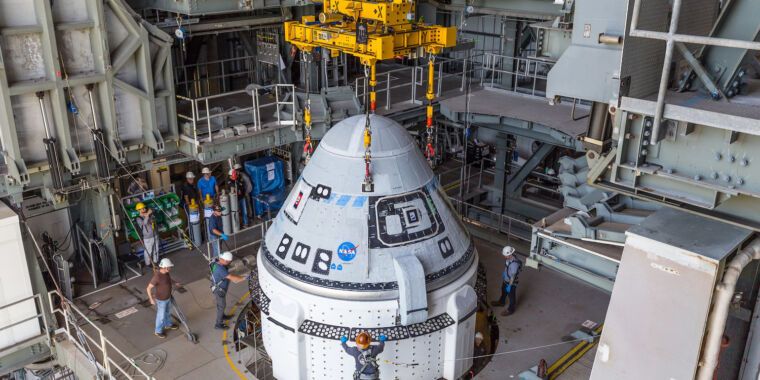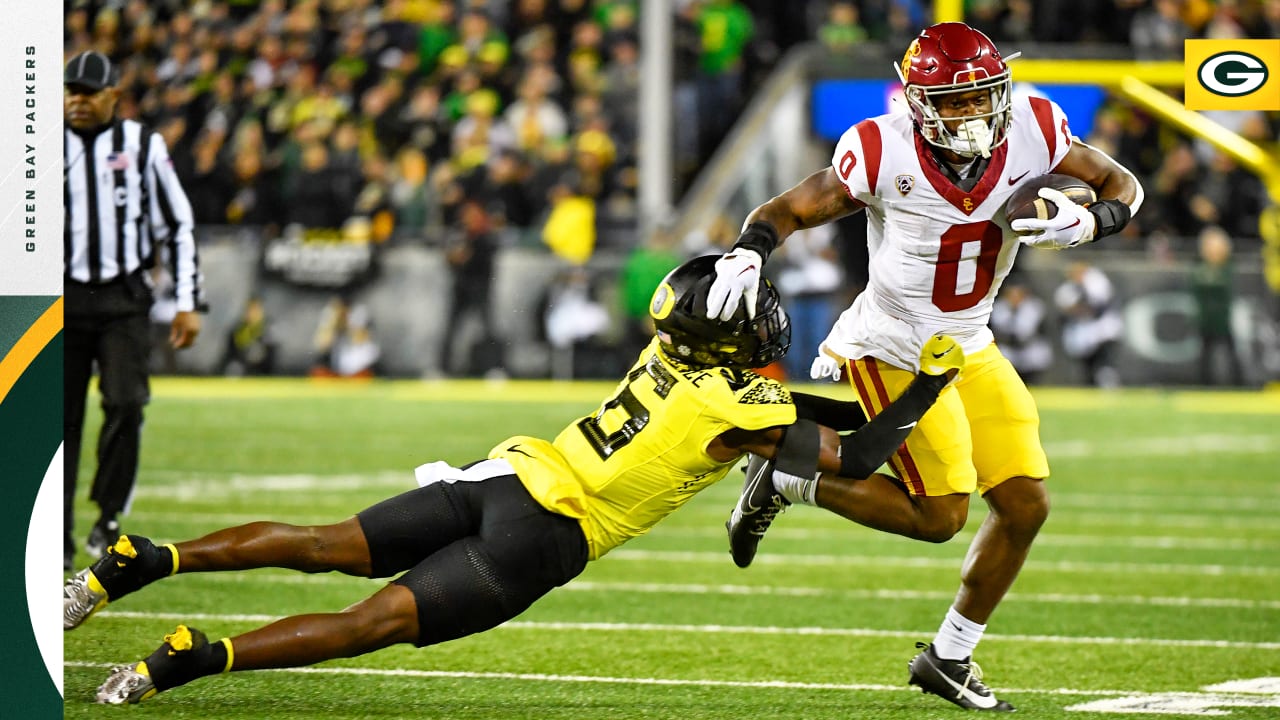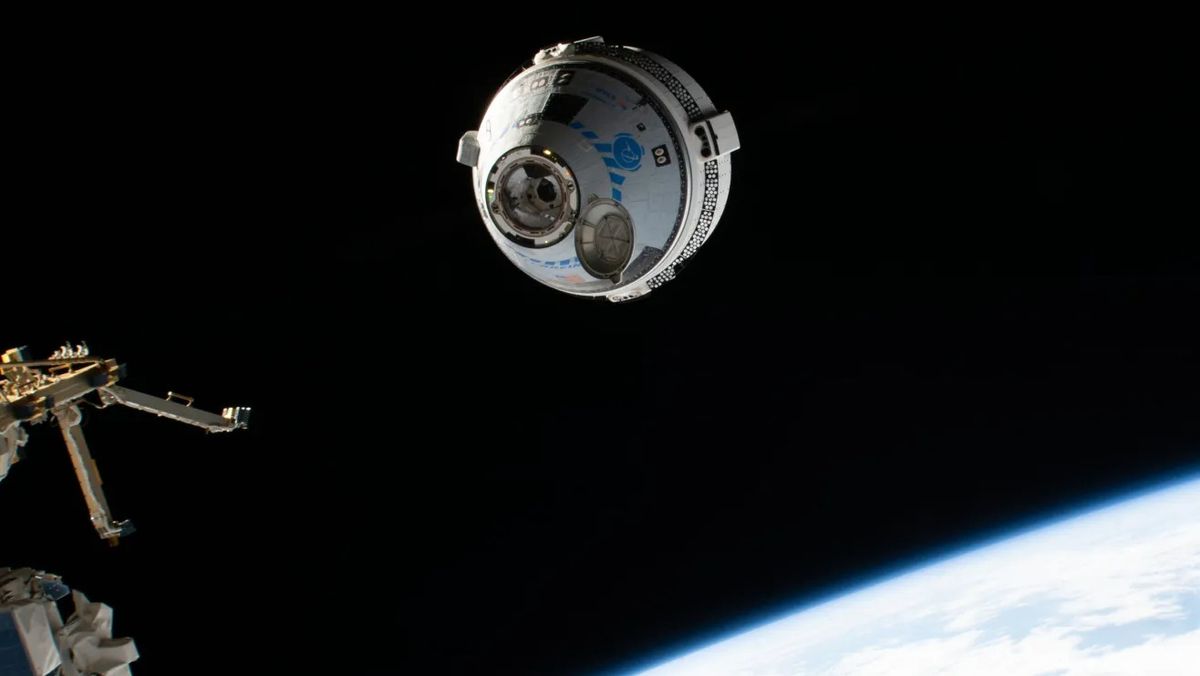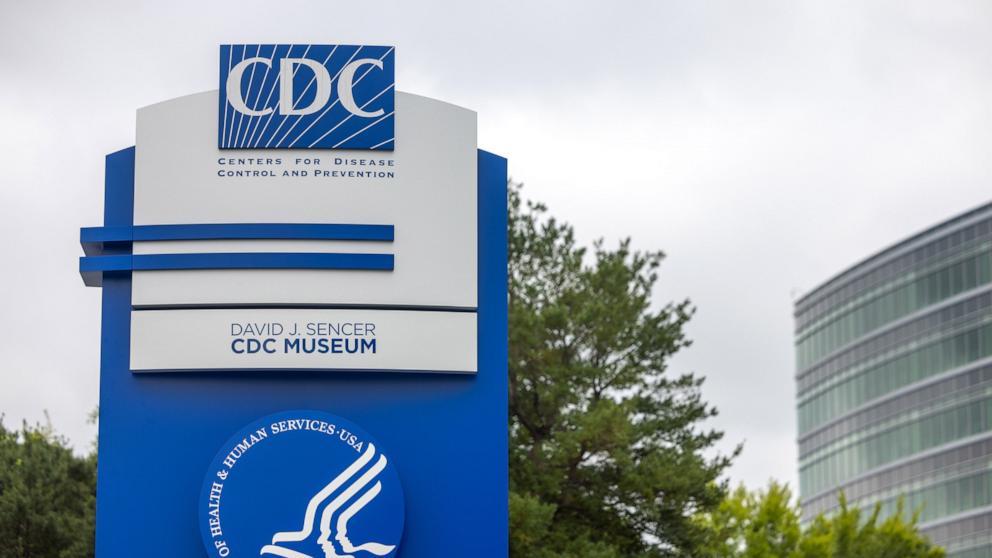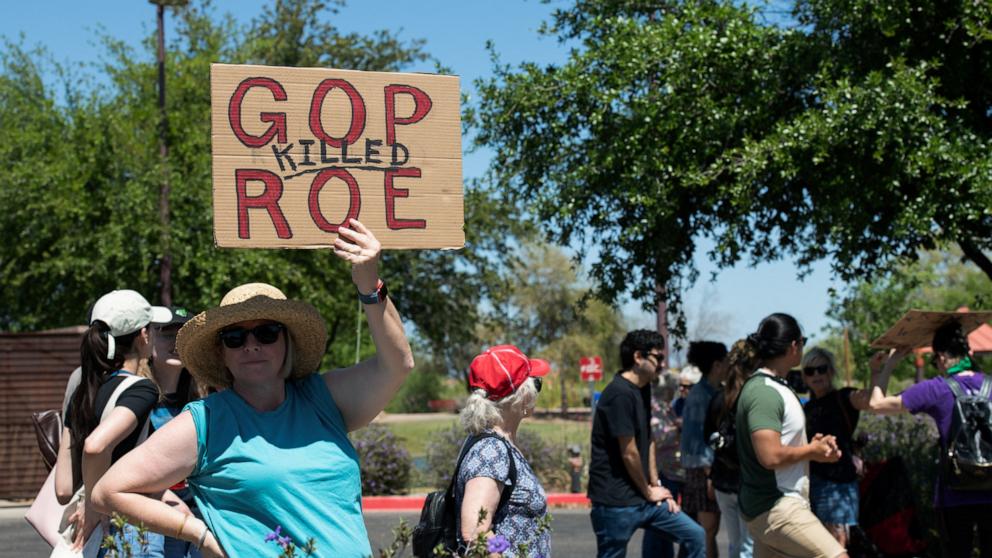Ground teams on Florida’s Space Coast hoisted Boeing’s Starliner spacecraft atop its United Launch Alliance Atlas V rocket this week, putting all the pieces in place for liftoff next month with two veteran NASA astronauts on a test flight to the International Space Station.
This will be the first time astronauts fly on Boeing’s Starliner crew capsule, following two test flights without crew members in 2019 and 2022. The Starliner Crew Flight Test (CFT) next month will wrap up a decade and a half of development and, if all goes well, will pave the way for operational Starliner missions to ferry crews to and from the space station.
Starliner is running years behind schedule and over budget. SpaceX’s Crew Dragon spacecraft has flown all of NASA’s crew rotation missions to the station since its first astronaut flight in 2020. But NASA wants to get Boeing’s spacecraft up and running to have a backup to SpaceX. It would then alternate between Starliner and Crew Dragon for six-month expeditions to the station beginning next year.
Atlas meets Starliner
Preparations for the first Starliner crew flight reached a significant milestone Tuesday when the spacecraft rolled out of its hangar at NASA’s Kennedy Space Center. After emerging from the hangar before dawn, the transporter carrying the spacecraft paused outside the building for a brief photo opportunity with NASA astronauts Butch Wilmore and Suni Williams.
A couple of hours later, the transporter arrived at ULA’s Vertical Integration Facility (VIF), the towering hangar where workers stacked Starliner’s Atlas V rocket earlier this year. A crane lifted the Boeing crew capsule on top of the Atlas V, capping assembly of the 172-foot-tall (52-meter) rocket.
Wilmore and Williams are in the final stages of training for the test flight, set for launch May 6 at 10:34 pm EDT (02:34 UTC on May 7) from Cape Canaveral Space Force Station. They will fly Starliner to the space station for a stay of about one week, before returning the spacecraft to a parachute-assisted, airbag-cushioned landing in the Western United States, likely at White Sands, New Mexico.
With the launch of Wilmore and Williams aboard Starliner, the United States will have two human-rated spaceships operating at the same time for the first time in the history of the space program. SpaceX’s fleet of Crew Dragons have been flying astronauts since 2020, and one is currently docked at the International Space Station.
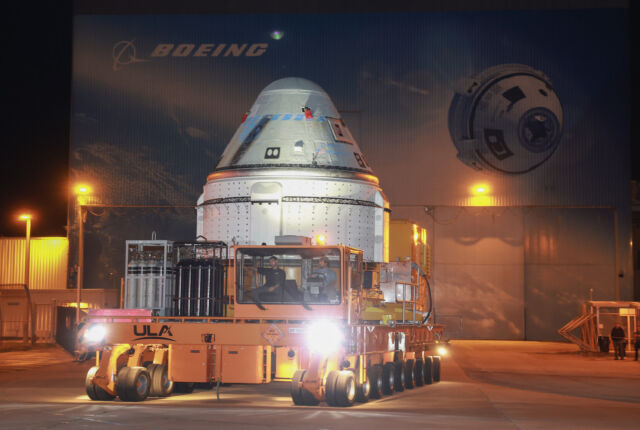
Over the last few weeks, Boeing technicians loaded propellant into the spacecraft for Starliner’s maneuvering thrusters. The Starliner spacecraft for the CFT mission consists of a reusable crew module named Calypso that flew in orbit on the program’s first unpiloted test flight in December 2019. The service module, which sits below the crew module, is designed for one mission and hosts the spacecraft’s solar arrays, launch-abort engines, and orbital maneuvering thrusters.
Now that Starliner is attached to its Atlas V rocket, ULA and Boeing engineers will run tests to ensure solid mechanical, electrical, and communication links between the spacecraft and launch vehicle. Next week, Wilmore and Williams will return to Cape Canaveral from their training base in Houston for final reviews and training.
These final activities will include a dress rehearsal for launch day. The astronauts will put on their blue pressure suits and climb into their seats aboard Starliner while the rocket and spacecraft remain nestled inside ULA’s vertical hangar.
Meanwhile, in orbit, a SpaceX Cargo Dragon spacecraft is scheduled to depart the space station later this month. A few days later, four of the space station crew will fly their Crew Dragon capsule from its current docking port to the location made available by the unlocking of the Cargo Dragon. This will clear the space station’s forward docking port for arrival of Starliner next month.
On the eve of liftoff, ULA will roll Atlas V and Starliner one-third of a mile from the VIF out to Space Launch Complex-41 (SLC-41). Once Atlas V is in place at the launch pad, teams will ready the rocket for tanking ahead of the late-night launch May 6.
A season for scrutiny
While ground teams put the final touches on Starliner, NASA and Boeing managers are participating in a series of reviews to formally clear the spacecraft for the Crew Flight Test. This week, NASA’s commercial crew program convened a flight test readiness review in Houston.
Next week, top officials from across NASA will hold a flight readiness review at Kennedy Space Center. Assuming officials decide to proceed with the Crew Flight Test, senior managers will certify Starliner is ready to fly with people onboard.
Members of NASA’s Aerospace Safety Advisory Panel (ASAP) are sitting in on these reviews. Congress set up the independent panel in 1968 to advise NASA on safety matters. For years, ASAP members have tracked the technical problems that plagued the Starliner program, including software woes, valve corrosion, and most recently, flammable material inside the spacecraft and parachutes that didn’t measure up to design specifications. Engineers have resolved those problems to the satisfaction of NASA managers.
“Now that the launch date is nearly here, the panel itself, we have stepped up our fact finding in line with NASA’s prelaunch activity,” said Susan Helms, a retired Air Force general, former astronaut, and now chair of the safety panel.
“Over the next couple of weeks before launch, should any concerns arise on our part, NASA leadership has already made it crystal clear they would like us to raise those concerns to them directly and immediately,” Helms said.
During the panel’s quarterly meeting Wednesday, Helms said it appears NASA has “robustly discussed” and “comprehensively addressed” risks with the Starliner test flight.
“In summary, with just a few weeks before this launch, it’s the panel’s view that NASA has an appropriate, mature risk management framework in place to address the challenges of the Crew Flight Test of the Starliner, and that NASA’s safety culture appears to be healthy and equal to the task at hand,” she said.
Wilmore, the commander of Starliner’s Crew Flight Test, told Ars last month that outside observers should not expect perfection on the spacecraft’s first flight with people. “Don’t have that expectation, please,” he said. “It’s not going to be perfect. But it’s not going to be bad, either. We wouldn’t go if we thought that.”
The CFT mission will be only the sixth time in more than 60 years that a US-made orbital-class spacecraft makes its debut flight with astronauts, following Mercury, Gemini, Apollo, the Space Shuttle, and Crew Dragon.
“This is a test flight, and a complicated one at that, and as with any test flight, NASA and Boeing should be prepared for contingencies and for flight situations that may stretch the current operating envelope of the Starliner vehicle,” Helms said.

Daisy Hips is a science communicator who brings the wonders of the natural world to readers. Her articles explore breakthroughs in various scientific disciplines, from space exploration to environmental conservation. Daisy is also an advocate for science education and enjoys stargazing in her spare time.

